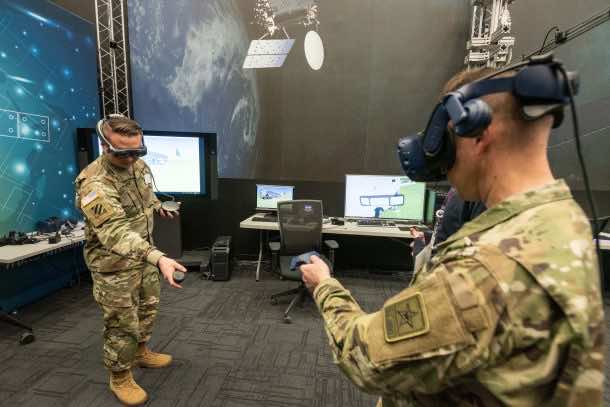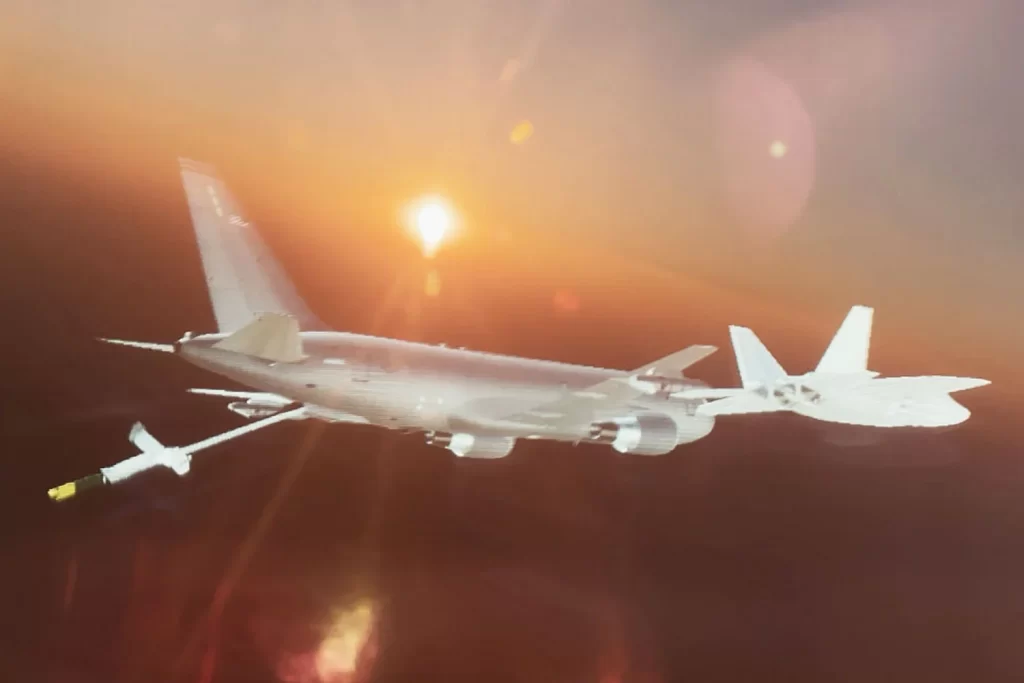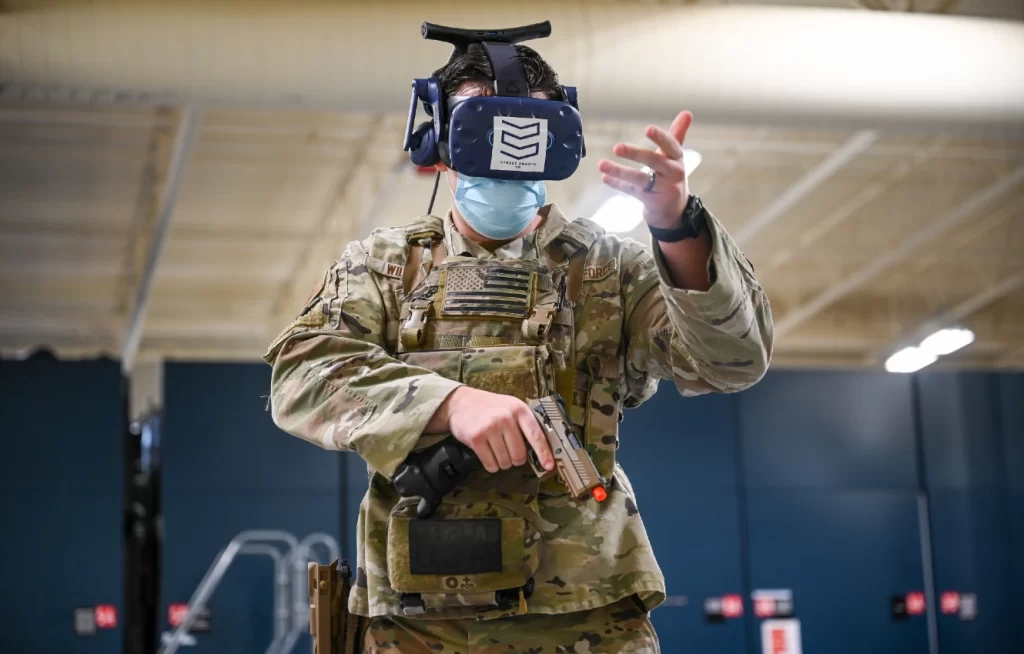Almost every technology industry, from gaming to social media to software powerhouses, has declared the creation of its own metaverse. The US military is no exception to this move, as it plans to construct its metaverse platforms to aid in defence training.
The terminology “metaverse” refers to a digital universe that mixes gaming, social media, augmented reality, and digital currencies to provide a seamless user experience. Meta CEO Mark Zuckerberg is credited with popularising the concept because he has long been open about the platform’s aspirations.
However, the military looks to want to get in on the virtual action to help teach fighter pilots and other military personnel. Given that US defence is already equipped with AR simulation and VR headsets, this move is understandable.

Defence services have traditionally used simulated environments to train their personnel. The method allows people to work indefinitely and improve human abilities.

While the Army uses VR to train soldiers for combat, Army hospitals use it to help survivors cope with post-traumatic stress and anxiety.
Moreover, Boeing also used augmented reality to train its mechanics for hours before touching a naval plane. Long before Facebook became Meta, the US army negotiated an agreement with Microsoft to supply HoloLens headsets.
Fighter pilots have been able to practise dogfighting against simulated opponents, such as Chinese and Russian jets, using a combination of augmented reality, artificial intelligence, and video game visuals.

Artificial intelligence assistants give soldiers advice via sound, speech, and visuals based on their location and operation, demonstrating the US military’s continuous superiority in the metaverse game.
The Air Force had a high-level conference in a virtual environment in December 2021, with approximately 250 people participating worldwide.
The US military does not need to outsource its metaverse since it is far more effective than we know.


